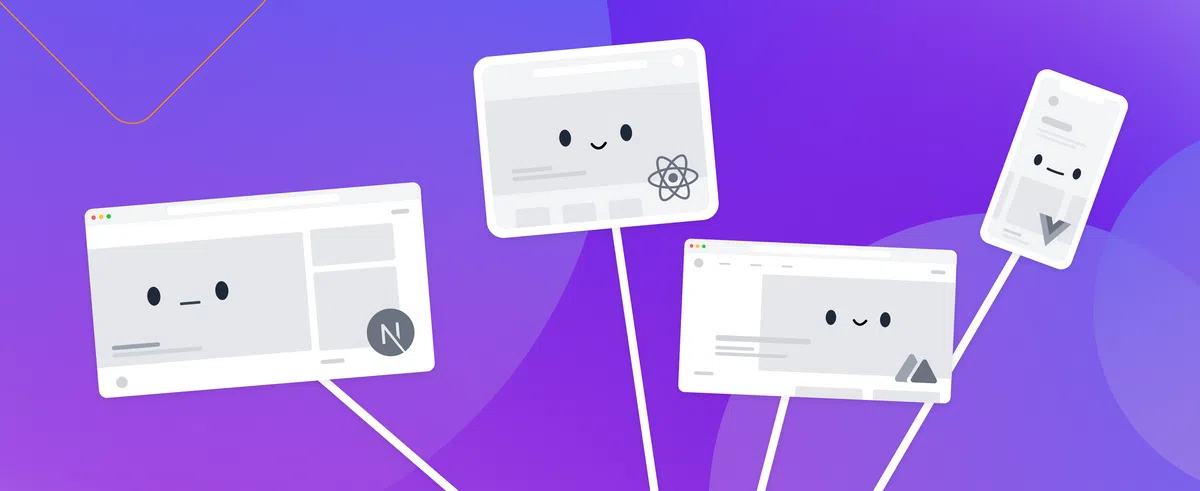Introduction
CMS Headless or CMS without a head, represents the future of CMS and is characterized by its flexibility and scalability for the delivery of omnichannel content. In this article we delve into these content management systems, the opportunities that arise from their use, and the type of organizations that should consider adopting them.
What is CMS Headless?
CMS Headless is one of the fashion trends in the world of web development, whose main commitment is to prepare brands or content creators for multi-channel ecosystems.
In a traditional CMS like Drupal or WordPress, the content is loaded in the Back-end and displayed in the Front-End. There, the web page that the end user sees and the dashboard that the administrator or content editor uses form a unitary set.
In Headless CMS, the admin or editor only has the dashboard, because they work with a headless platform (without head in html language structure) that does not have a default Front-End side.
And where is the content of my site or the offers of my ecommerce displayed?
In the heads that Front-End developers create for websites, Apps, Smartwatchs, totems, Smart TVs or Virtual Reality Viewers.
How a Headless CMS works
In a traditional CMS, content is uploaded to the backend via a dashboard and organized in databases. Then the system links that material (posts made up of texts and photos in general) with templates or templates that are displayed as a web page in the Front-End.
In a headless CMS there is only one administrative interface where content creators upload their material to a dashboard, which, thanks to an API (Application Programming Interface), is published in the different channels or distribution platforms that have been defined.
Adventages
- Multichannel Publication: Multi-channel publishing optimizes updating on different platforms. You only publish once and the system adapts it to the different content showcases.
- Redesign and new technologies: It is not necessary to reload a page (in the browser) to see new content. The API used by Headless CMS delivers dynamic data without the need to reload it.
- Think about the future: Al trabajar con API, los CMS Headless se encuentran en mejor pie para comunicarse con softwares o dispositivos futuros.
Disadventages
- It is not marketing friendly
- It is not easy to use and classic CMS builders might suffer from its technical complexity.
- The classic preview of CMSs like WordPress does not exist in the world of Headless.
Should I switch to a CMS Headless?
Like everything in web development or like almost everything in life, that decision depends... it may not be a topic of interest for personal or small blogs, but in the corporate world they are increasingly used.
“Switching from a traditional CMS to a headless one depends mainly on the project,” says one of our IT engineers.
“If your goal is to present content on a blog-like web page, we don't recommend the transition. On the other hand, if your content will be distributed on multiple platforms with different Software architectures and CMS Headless frameworks, it is the option”, he adds.
For large-scale projects with the integration of multiple technologies and designed to offer fluid and integrated multi-channel user experiences, it is time for CMS Headlees.
